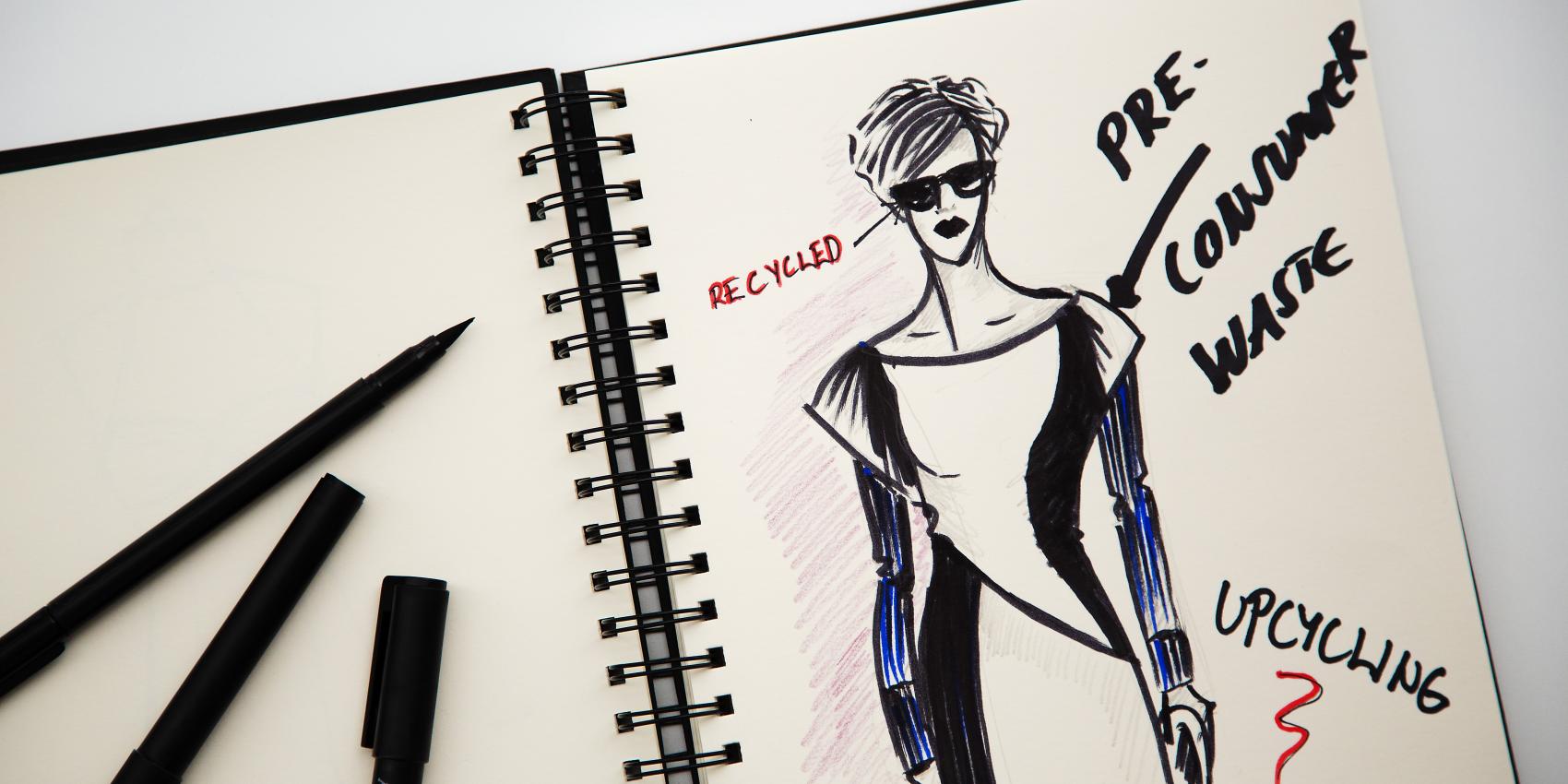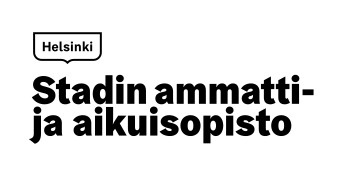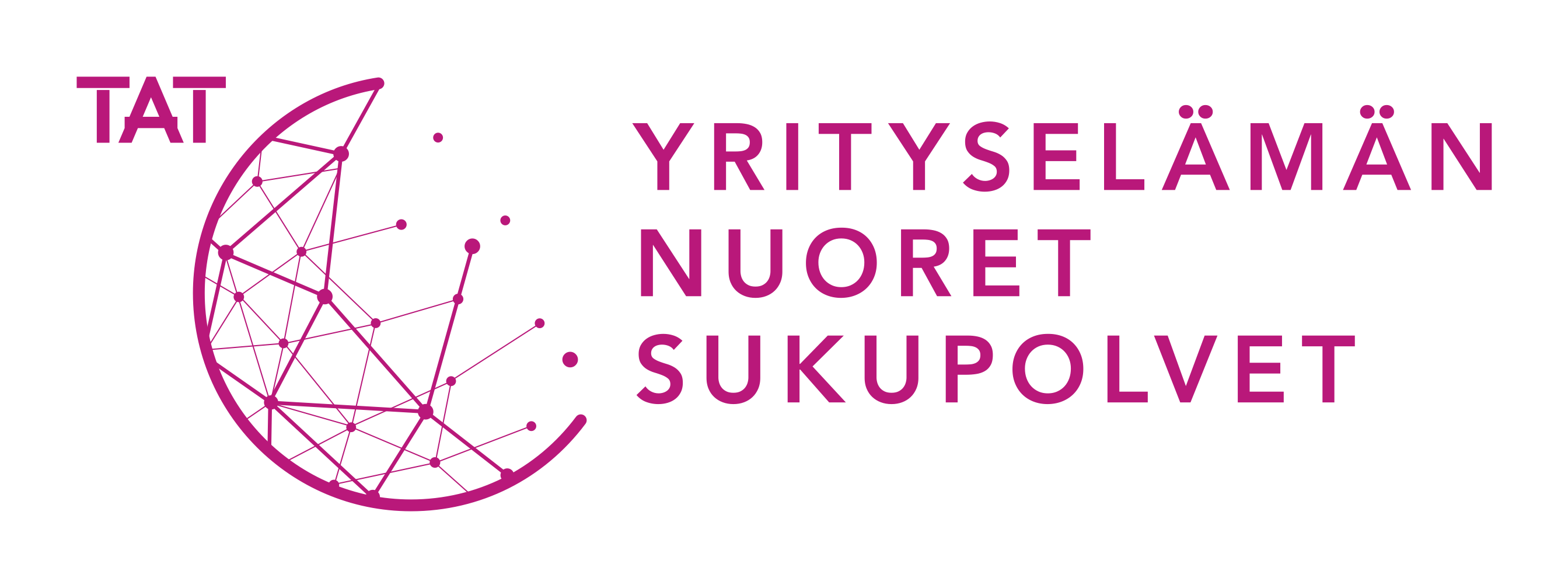Product design concepts
Understanding the circular economy starts from the concepts that describe its various phases. The concepts are still taking shape, and they are influenced by expressions used in international contexts. The concepts related to designing circular economy products are linked to general circular economy concepts as well as traditional concepts used in product design in the textile and fashion industry. They are helpful in work and interaction and set objectives for the design of a circular economy product.
Product design
- Designing a tangible individual product or a product range either for a particular target group or directly for the customer, according to their wishes.
Product development
- The development of products or services in accordance with the strategic and visual decisions made by the company. This phase lasts longer than the product design phase, and the plan includes the product’s further development. It is important for product development to be continuous, as it provides the company with a significant competitive edge.
Experimental design
- The diversity of the circular economy process enables creative and experimental problem solving. The product is created through experiments. For example, a mistake in the product development phase may provide the product with added value. Experimental design requires the designer to be bold and persistent.
Unique product
- A single one-of-a-kind product or outfit that is designed and implemented utilising inspiration or according to the customer’s wishes. Recycled materials allow products to be unique.
Collection
- A set comprised of several unique products. The products cannot be reproduced exactly the same again. A collection is often an artistic production intended for a certain time or event. From the perspective of circular economy products, it is particularly important to distinguish between the terms collection and clothing range.
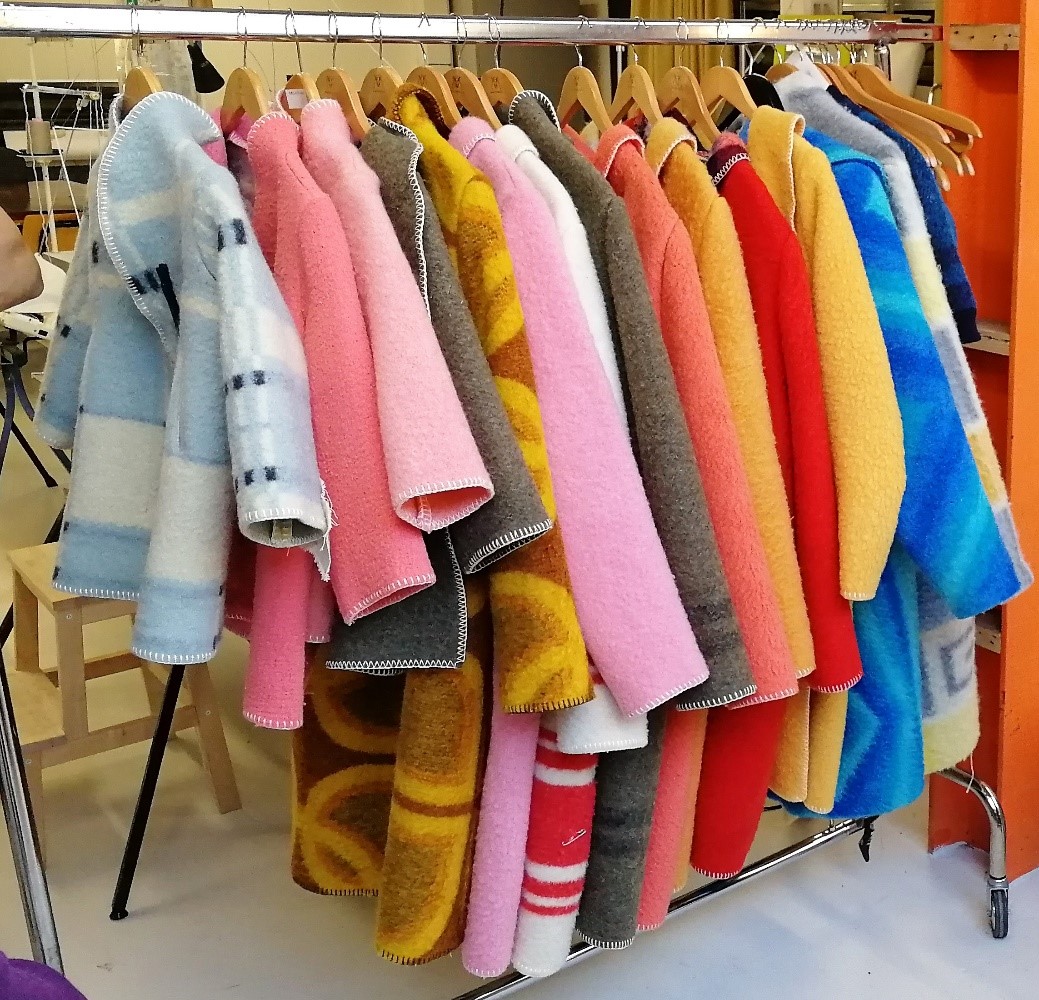
Photo: Outi Kankaanpää
Clothing range
- A set comprising several items of clothing that are manufactured using graded patterns, materials, shapes, details and techniques. The products in circular economy clothing ranges may deviate from each other slightly, depending on the differences in materials. These differences provide unique added value to the products.
- It is also possible to design a circular economy clothing range that looks like a clothing range made of virgin materials. In this case, there is an emphasis on familiarity with channels for obtaining recycled materials, testing and sorting the materials, and product design expertise. The term circular economy clothing range can also be applied to clothing ranges made of recycled polyester, for example.
Designing durable products
- The design process for a durable product involves taking the material’s durability and ethical and moral solutions that will withstand the test of time into account. The appearance of a durable product is timeless and not tied to contemporary trends, as this helps maintain the image of the product’s usability and timelessness for a longer period of time.
Zero-fabric-waste design
- The model of the product is determined according to the amount of material used, utilising all of the material without creating any textile waste. This is also referred to as zero-waste design.
Partial alteration
- Altering an existing pre- or post-consumer product into a new product by changing the dimensions, shapes and/or material. This is also referred to as making a product fashionable.
Combining several products
- Combining two or more existing pre- and/or post-consumer products into a new product. You could say that products are ‘merged’ into a new product.
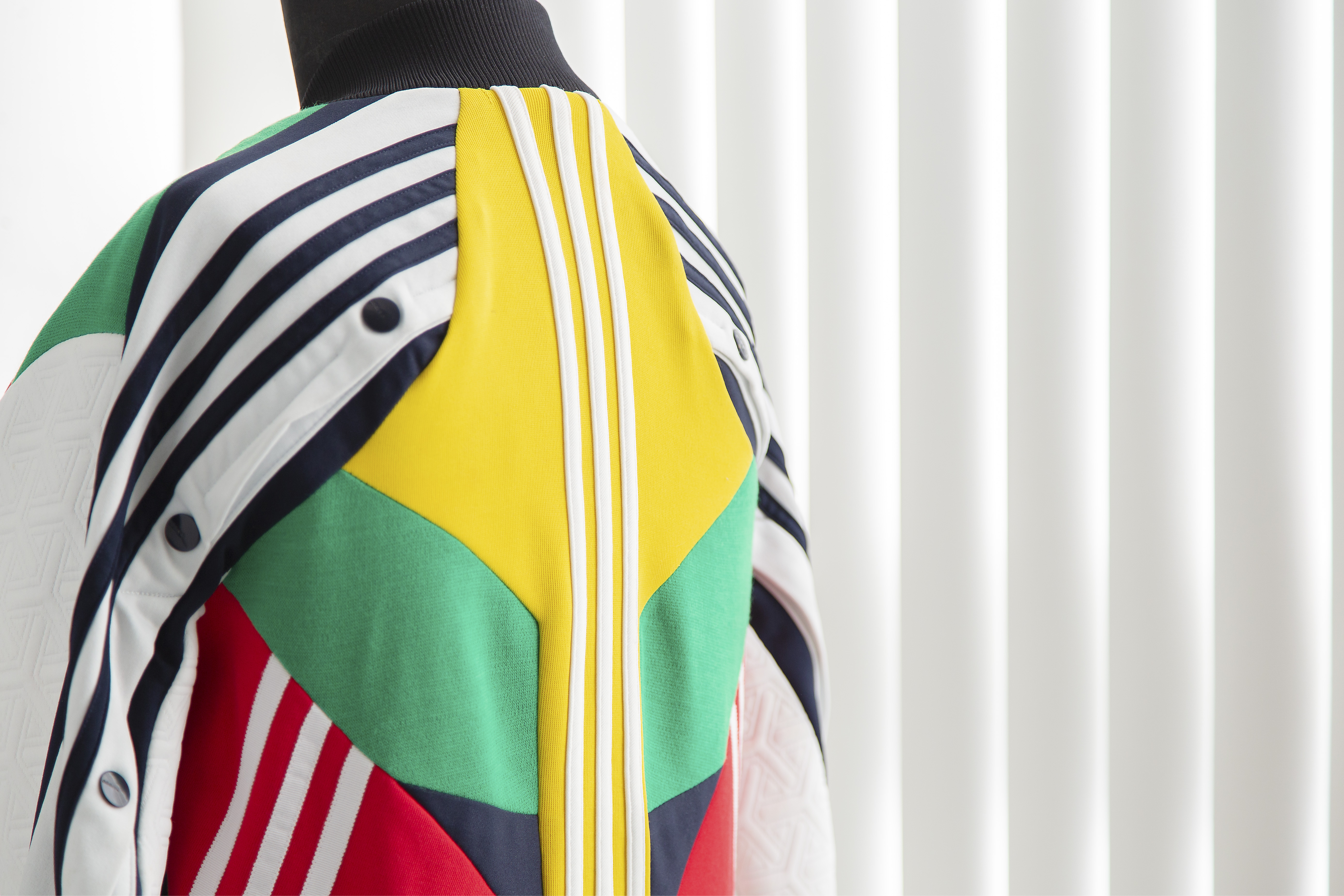
Photo: Cristian Hallivuori
Repair
- Repairing a product makes it possible to significantly revamp it and lengthen its useful life. Creative and even experimental repair methods can be used to increase the product’s attractiveness and novelty value. The product can be repaired creatively by adding different materials and colours so that its appearance changes significantly, for example.
Use of pre-consumer cutting waste and leftover materials
- When cutting waste is used, its shape determines the shape of the product. At best, the product can be created without producing any leftovers, or the amount of leftover material is small. The term circular economy product can also be applied to products that are manufactured from leftover fabric or materials samples from factories.
Redesigning a pre-consumer product, i.e. upcycling
- Redesigning unsold products from shops: disassembling and changing the shape and dimensions in order to make an aesthetically interesting, more desirable, better fitting and more practical unique product or small product batch.
Redesigning a post-consumer product, i.e. upcycling
- Designing a new product from a used product. The product is broken down into pieces either partially or in full and ‘filleted’ into new pieces that can be used to piece the new product together according to plan.

